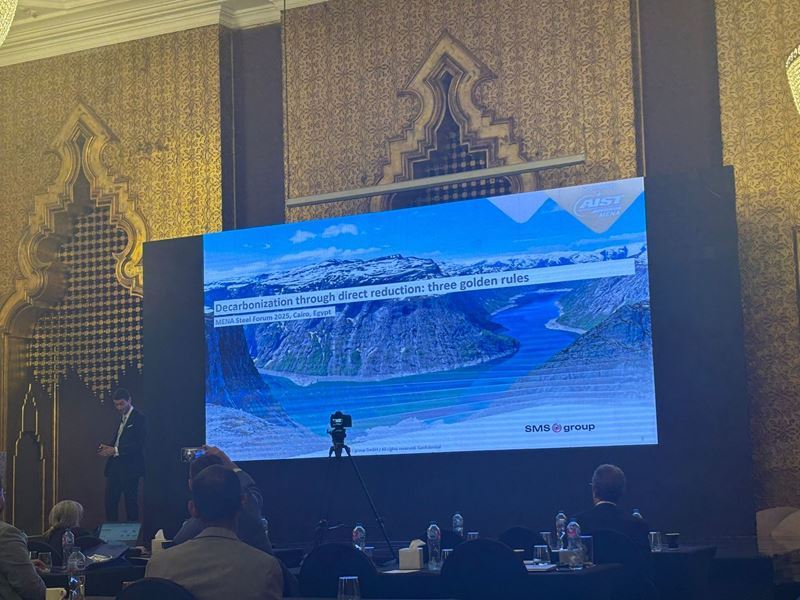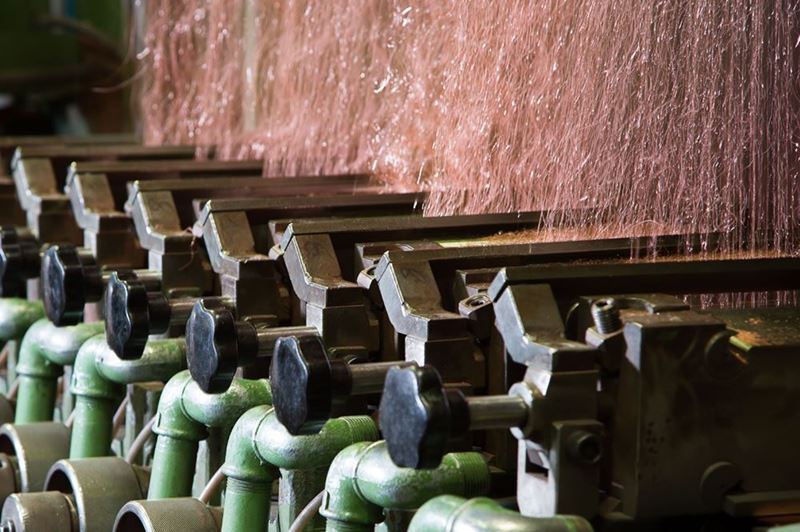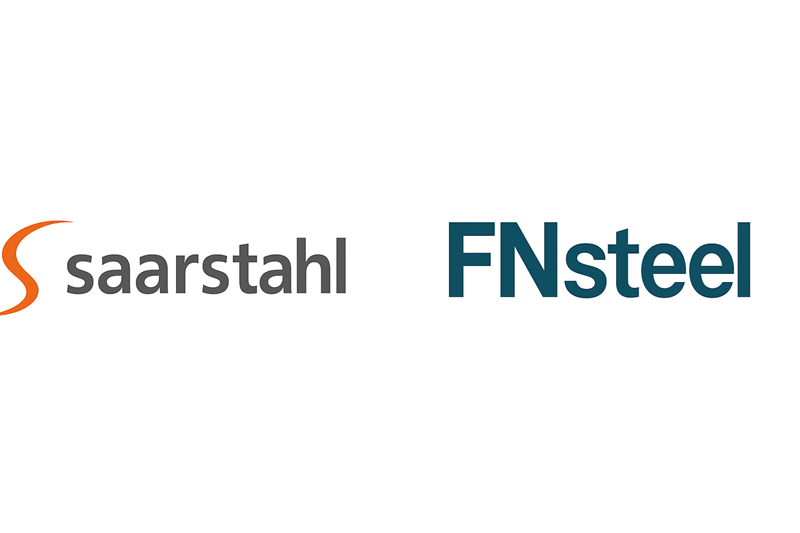Speaking at the panel, Fabio Muscolino, Sales Manager Ironmaking at SMS group, shared striking insights on technical limitations, efficiency solutions and charging flexibility in high power furnace operations.
Muscolino explained that in some production facilities, 100% DRI is used to completely eliminate the need for scrap, and this method is made more efficient with a mix of hot and cold DRI. He emphasized that this approach particularly improves the quality of liquid steel and makes the production process more predictable.
The electromagnetic bottom stirring system developed by SMS group was also one of the highlights of the session. “Less use of alloys such as ferrosilicon and aluminum leads to significant savings in operating costs,” Muscolino stated, noting that thanks to this system, oxygen activity in liquid steel is reduced and slag content is reduced. He also cited the example of a plant in Armenia, where the system operates with a low energy consumption of only 4 kWh per ton.
The panel was informed that dual-system monitoring infrastructures are used to control the liquid steel level in high-capacity furnaces. In addition to load cells, laser scanners and conveyor speed analyzers are used as backup systems to keep production running without interruption.
Muscolino also mentioned SMS group's research on increasing power efficiency in EAFs and stated, "Currently, 260 MW is considered the highest power level that can be achieved in large furnaces. When this value is exceeded, the arc length can lengthen and shorten the furnace lining life. However, our R&D studies are continuing intensively to exceed this limit."
The panel also noted that the ability to dynamically change charging rates in favor of DRI or scrap based on real-time analysis makes production processes more flexible and cost-effective. SMS group's technological contributions in this area have been a guiding light for producers seeking to achieve their goals of sustainable and efficient steel production.









Comments
No comment yet.